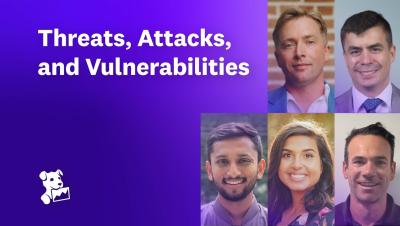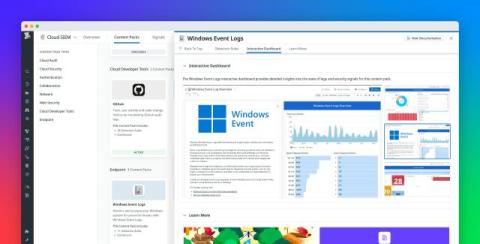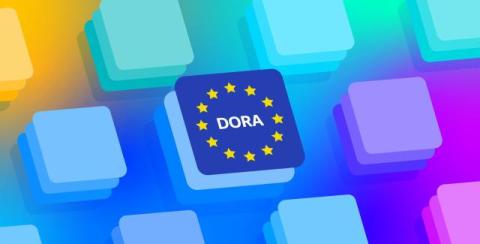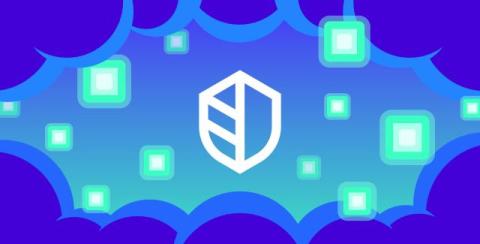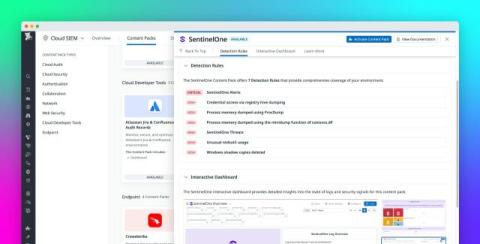Identify the secrets that make your cloud environment more vulnerable to an attack
Compromised secrets, such as leaked API and SSH keys, credentials, and session tokens, are the leading cause of cloud security incidents. While attackers can directly compromise secrets through methods like phishing, they can also gain control by finding and taking advantage of simple misconfigurations in your environment.




